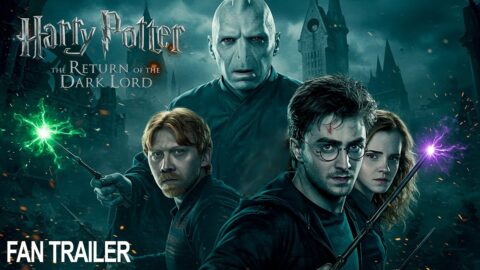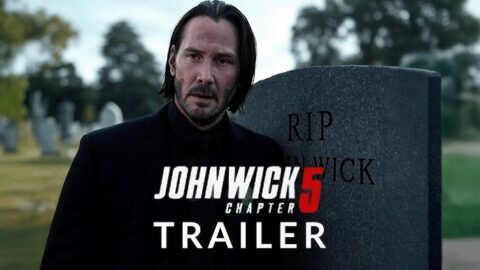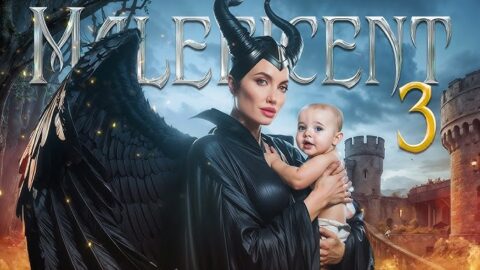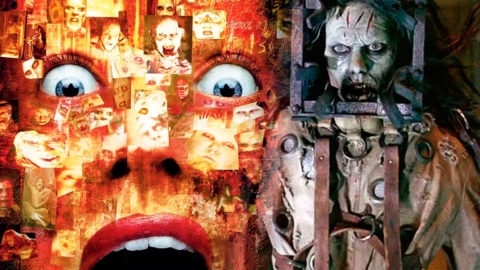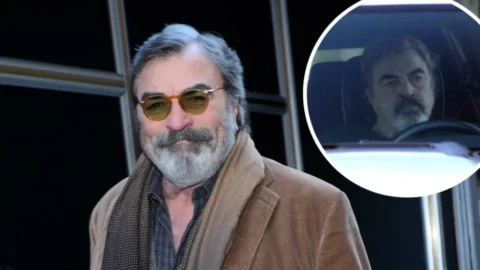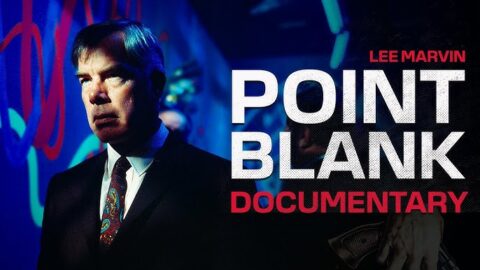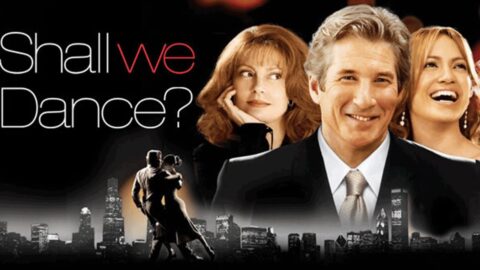Tobe Hooper’s Salem’s Lot (1979) remains one of the most chilling Stephen King adaptations ever brought to television. This two-part miniseries transforms King’s novel into a slow-burning nightmare, trading excessive gore for an atmosphere thick with dread. The story follows Ben Mears (David Soul), a writer who returns to his hometown of Jerusalem’s Lot, only to discover that the Marsten House—a decaying mansion that haunted him as a child—now harbors a dark secret. That secret is Kurt Barlow (Reggie Nalder), an ancient vampire who, along with his human familiar Richard Straker (James Mason), quietly turns the unsuspecting townsfolk into the undead.
What makes Salem’s Lot stand out is its haunting imagery—particularly the infamous window scenes, where vampire children float eerily outside, tapping for entry. These moments terrified a generation and are still often cited as nightmare fuel. Hooper’s direction leans heavily on shadows, silence, and the suffocating isolation of a town slowly rotting from within. The film’s pacing might feel deliberate by today’s standards, but it’s this slow drip of suspense that gives the story its staying power.
Performances by David Soul and James Mason anchor the drama, but it’s Nalder’s Barlow—ghoulish, mute, and feral—who steals every scene he’s in. Unlike the suave vampires of other films, Barlow is a monstrous force of ancient evil, more creature than aristocrat. Combined with the miniseries’ eerie score and its stark, foggy visuals, Salem’s Lot delivers an unsettling experience that lingers well past the credits.
For fans of classic horror, Salem’s Lot is more than just nostalgia—it’s a testament to how effective atmosphere and suggestion can be. It’s a tale of small-town decay, childhood fears reborn, and darkness that seeps in when no one’s watching. Even decades later, its windows remain a reason to pull the curtains tight at night.
WATCH FULL:

